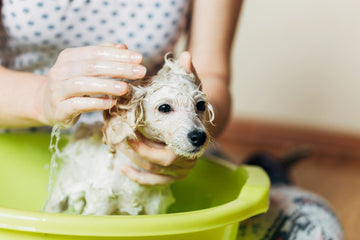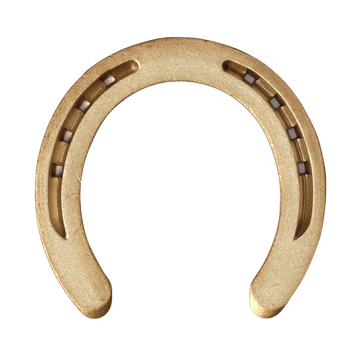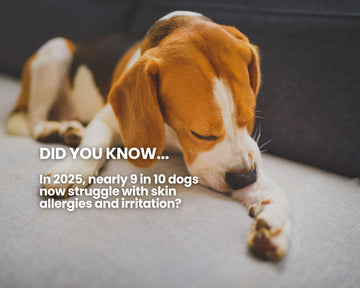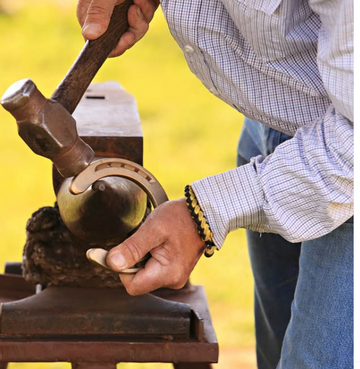Bathing your dog is an essential part of their grooming routine that helps maintain healthy skin, a clean coat, and overall hygiene.
Bathing your dog regularly is key to maintaining their skin and coat health. However, improper bathing techniques can lead to skin irritation, stress, and discomfort.
This step-by-step guide will help you bathe your dog safely and effectively while making the experience stress-free for both of you.
Preparing for the Dog Bathing Process
Choose the Right Spot for Bathing
Selecting the ideal bathing location depends on your dog’s size, comfort level, and safety.
-
Small dogs – A sink, laundry tub, or small bathtub may be ideal.
-
Medium to large dogs – A walk-in shower, bathtub, or outdoor hose works best.
-
Consider accessibility – A walk-in shower or dog grooming tub is great for older or mobility-impaired dogs.
-
Ensure a non-slip surface – Use a rubber mat to prevent slipping and help your dog feel secure.
Buy Dog Shampoo Suitable for Your Dog’s Skin
Using the right dog shampoo helps maintain your dog's skin health by preventing dryness, irritation, and allergic reactions.
-
Choose a pH-balanced, dog-specific shampoo to match their skin type and coat type.
-
Avoid human shampoo as it can disrupt your dog’s natural skin barrier.
-
Look for shampoos designed for specific needs:
-
Sensitive skin – Hypoallergenic, fragrance-free formulas to condition and moisturize a dog's skin.
-
Dry skin – Moisturizing shampoos with oatmeal or aloe vera to promote overall skin health.
-
Flea and tick control – Medicated shampoos.
Gather All Necessary Supplies
Before starting, prepare everything you’ll need:
-
Towels (one for drying, one for floor protection)
-
A brush for pre-bathing detangling
-
A cup or bowl for rinsing (or a handheld showerhead)
-
Cotton balls (to keep water out of the dog's ears and prevent infections)
-
Treats and toys (to reward good behavior)
Understanding Your Dog’s Needs
Determine Your Dog’s Skin and Coat Type
Understanding your dog’s coat type and skin condition helps determine the best bathing routine.
-
Short-haired dogs – Require less frequent baths and a gentle shampoo.
-
Long-haired dogs – Need regular baths to prevent tangling and matting.
-
Dogs with double coats – Use moisturizing shampoo to prevent over-drying.
-
Dogs with skin allergies – Require vet-approved, hypoallergenic shampoos.
Consider Your Dog’s Medical or Health Conditions
-
If your dog has allergies, sensitive skin, or arthritis, use a specialized shampoo.
-
Be gentle with older dogs or those with joint pain, ensuring warm water and soft handling.
-
Consult your veterinarian or groomer for recommendations.
Pre-Bathing Routine
Brush Your Dog’s Fur to Prevent Matting
-
Brushing removes loose hair, debris, and tangles before wetting the coat.
-
Use the correct brush:
-
Slicker brush – For short-haired breeds.
-
Pin brush or de-shedding tool – For long-haired or double-coated breeds.
-
Reassure Your Dog to Reduce Stress
-
Speak in a calm, soothing tone to reassure your dog.
-
Use treats and praise to build positive associations with bath time.
-
If your dog is anxious, consider using a pheromone spray or calming aid.
The Dog Bathing Process
Test the Water Temperature for Comfort
-
When bathing a dog, the water should be lukewarm—hot water can cause discomfort, and cold water may stress your dog.
-
Test the water with your hand before wetting your dog.
Wet Your Dog’s Body (Avoiding the Face and Ears)
-
Slowly wet the fur, starting from the neck down, ensuring the dog's body is thoroughly wet to avoid startling your dog.
-
Use a cup, showerhead, or damp cloth to avoid spraying directly into sensitive areas.
-
Avoid getting water in the dog's eyes, ears, and nose to prevent irritation and infections.
Apply Dog Shampoo, Working from Head to Tail
-
Apply a small amount of dog shampoo to your hands and work it into a lather.
-
Massage the shampoo into your dog’s coat using circular motions.
-
Pay attention to potty areas, belly, legs, and tail, as they collect dirt the most. Be careful around the dog's head, especially near the ears, nose, and eyes.
-
Avoid contact with the dog's face, particularly the eyes and ears.

Rinsing and Drying
Thoroughly Rinse the Shampoo from Your Dog’s Coat
-
Ensure no shampoo residue remains, as it can cause dryness and irritation.
-
Use a cup, handheld showerhead, or pitcher to rinse from the neck down.
-
Rinse the belly, paws, and tail thoroughly.
Dry Your Dog, Paying Attention to Ears and Paws
-
Use a large, absorbent towel to blot away excess water.
-
Gently dry the face with a separate towel.
-
If using a blow dryer:
-
Keep it on a low heat setting and hold it 12 inches away from the fur.
-
Constantly move the dryer to avoid overheating any area.
-
Special Considerations
How to Wash a Dog’s Face Without Irritation
-
Use a damp cloth instead of directly pouring water on the face.
-
Wipe around the eyes and muzzle gently.
-
Use tear-free dog shampoo for facial cleaning.
How to Bathe a Dog That Hates Water
-
Gradually introduce your dog to the bath without water first.
-
Use a lick mat with peanut butter to distract your dog.
-
Keep bath time short and reward good behavior.
-
Praise your dog and give treats after the bath.
Tips for a Stress-Free Bathing Experience
Use a Handheld Shower for Easy Washing
-
A handheld showerhead allows better control over water direction.
-
Helps rinse hard-to-reach areas more effectively.
Consider a Walk-In Shower for Large Dogs
-
A walk-in shower is easier for older or large dogs to enter.
-
Helps reduce strain on the owner’s back while bathing.
Common Mistakes to Avoid
-
Using human shampoo – Can strip natural oils and cause skin irritation.
-
Not rinsing thoroughly – Shampoo residue can lead to itching and dryness.
-
Getting water in the ears – Increases the risk of ear infections.
-
Bathing too frequently – Can dry out the skin; most dogs need a bath every 4-6 weeks.
Frequently Asked Questions
What is the proper way to bathe a dog?
The proper way involves preparing supplies, brushing, wetting the coat, applying dog-safe shampoo, rinsing thoroughly, and drying properly.
How to apply shampoo on a dog?
-
Work the shampoo into a gentle lather.
-
Massage into the coat in circular motions, avoiding the eyes and ears.
-
Rinse thoroughly to remove all residue.
How often should a dog be bathed?
-
Short-haired dogs – Every 4-6 weeks.
-
Long-haired dogs – Every 3-4 weeks.
-
Dogs with allergies or skin conditions – As per vet recommendations.
How long do you leave shampoo on a dog?
-
Most shampoos should be left on for 2-5 minutes before rinsing.
-
Medicated shampoos may require longer contact time—follow instructions on the bottle.
How to Shampoo a Dog: A Step-by-Step Guide for Pet Owners Conclusion
A proper dog bath keeps your pet clean, comfortable, and free from skin issues. By following these steps, you can ensure a stress-free bathing experience for both you and your dog.
Remember to use the right shampoo, maintain a gentle approach, and reward your dog to make bath time a positive experience!












